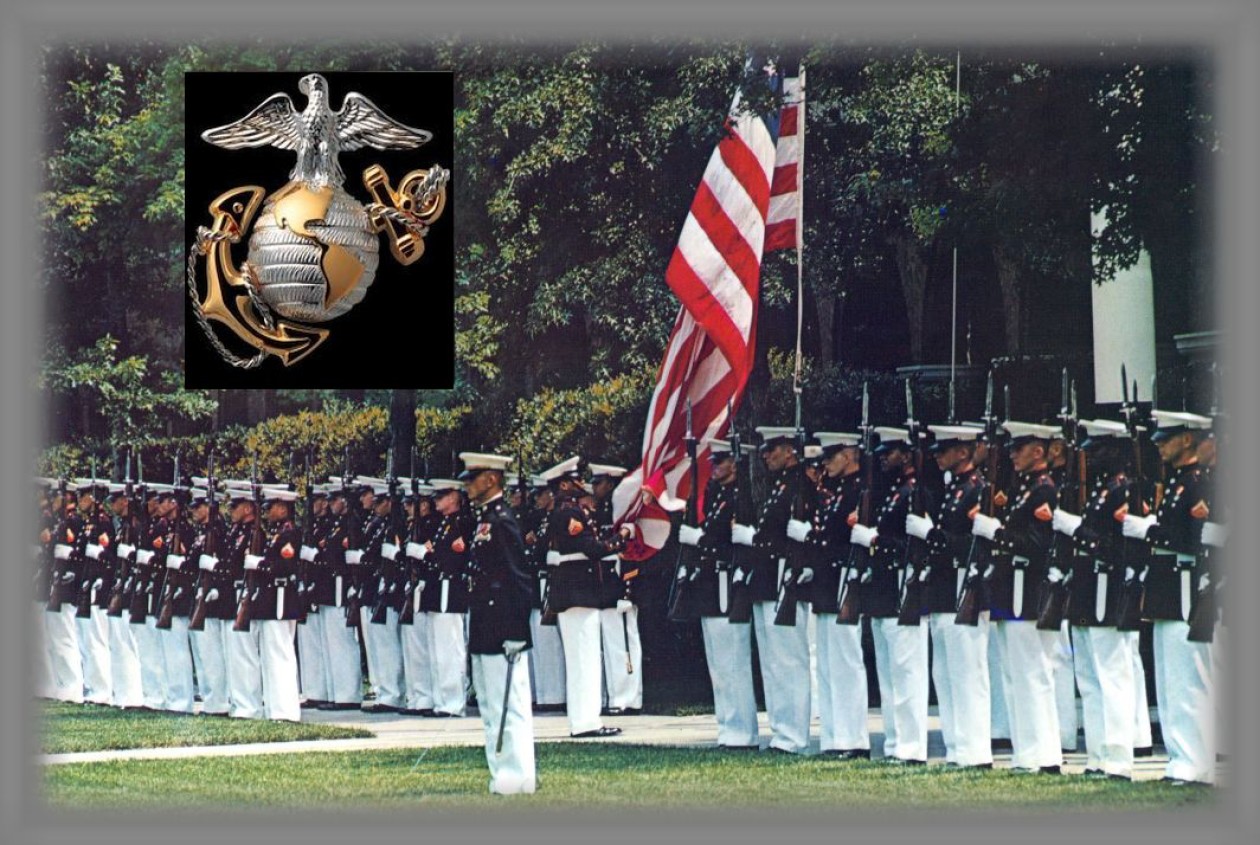Are his comments not a breath of fresh air, and trust me they are not hot. I am a Floridan, and if there is one thing you can count on from Ron, he means what he says and does what he says. Broward County and Disney learned that the hard way.
From the Wall Street Journal Thursday, 20 July 2023
Next Target for Ron DeSantis: the Military
Ron DeSantis is gradually laying out his presidential agenda, and on Tuesday he unveiled a plan to build a “Mission First” U.S. military. The Florida Governor has several worthy ideas to restore American confidence in the armed forces, though fighting the culture wars isn’t a substitute for preventing an actual war.
“We need a military that is focused on being lethal, being ready and being capable,” Gov. De-Santis said in South Carolina. The U.S. military is suffering from institutional drift, as senior officers rush to associate themselves with progressive causes. One example: Space Force Lt. Gen. DeAnna Burt in a June speech unleashed a political broadside against elected state legislatures for considering what she styled as “anti-LGBTQ+” measures.
One good priority is reviving American military education. Gov. DeSantis is right that the service academies ought to be “narrowly focused” on disciplines such as engineering or military history and leadership. Civilian academics have taken over most military educational institutions such as war colleges, and the instruction is often, as Gov. DeSantis says, “substandard.”
The Governor, a Navy veteran, also says he would review the performance of every four-star flag officer and remove those who aren’t focused on lethality. There is reason to wonder if the services are producing the war fighting talent the country needs by picking leaders on the merits. More aggressive civilian oversight would help.
Case in point: In 2021 a Navy admiral suggested the service should bring back photos as part of promotion boards to achieve more diversity. Gov. DeSantis said he’d ban “race and gender quotas in military recruiting and promotions.”
The perception that the military is a political institution may be hurting enlistment, and the Army looks likely to come up at least 10,000 soldiers short this year. Gov. DeSantis says he will “restore national pride” in the armed forces, to include a school program explaining that the U.S. military “ has been a force for justice and good in the world,” which is at least a start. But an under-appreciated reason the services are struggling to recruit is that the force is too small and ill-equipped to fulfill its current missions. This wears out troops. President Trump boasts that he rebuilt the U.S. military, but he offered a one-time increase that only started to rebuild the readiness burned in President Obama’s two terms.
The defense industrial base also continued to erode on Mr. Trump’s watch. Contractors are now recalling retired engineers in their 70s to teach new workers how to build Stinger antiaircraft missiles that haven’t been in production for decades.
Gov. DeSantis’s special operation against wokeness will thrill his base, and he has correctly identified China as the top threat to U.S. security. His harder task will be building public support for a larger and more capable U.S. military that can deter the Communist Party from a terrible mistake such as invading Taiwan.
That will require convincing skeptical Republicans to increase defense spending—for example, building two attack submarines a year for the U.S. Navy, up from 1.2 now. Or speeding up the new Air Force strategic bomber. Or building a long-range missile inventory that can last more than three nights of fighting in the Taiwan Strait.
An aide to the campaign says Gov. DeSantis still plans to offer a broader defense agenda. But on U.S. support for Ukraine he’s too often catered to the isolationist right that would, in Ronald Reagan’s words, play innocents abroad in a world that’s not innocent.
Still, the Pentagon’s growing preoccupation with identity politics is corrosive to an institution built on cohesion and self-sacrifice. The country would be better prepared for a fight if a new President started to right the ship.
Has he nailed the problems or what? “. . . review the performance of every four-star flag officer and remove those who aren’t focused on lethality.” Wow, that would sure open up the promotions for three stars, albeit he should look at all flag officers, not just the four-stars.
Increase defense budget bother you? He’ll find other areas to reduce the funding e.g., all the woke shit, welfare, immigrant benefits, and many more. Ron is not a big spender, just ask a Floridan. Trump hasn’t talked about any of thee issues, because he is too busy calling people names.
My dream team would be Ron and SC Senator Tim Scott. What a team that would make. Sorry guys but if you didn’t already know it, I am no longer a Trumper. He simply will not shut the hell up!
Originally posted 2023-07-20 09:26:59.














